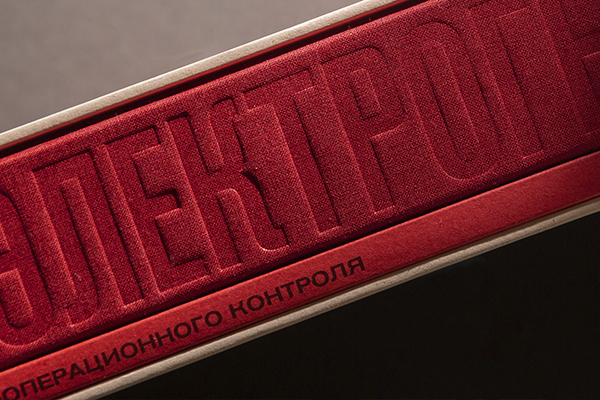Any given company, regardless of its field or specialty, rarely gives any attention to the aesthetic side of its internal documentation. However, Aspect, a Russian engineer production management company, decided to combine the functional with the visual. And by doing so, focusing on the function as much as possible, they found out the aesthetic solution was a logical continuation of it, with the two complementing each other.
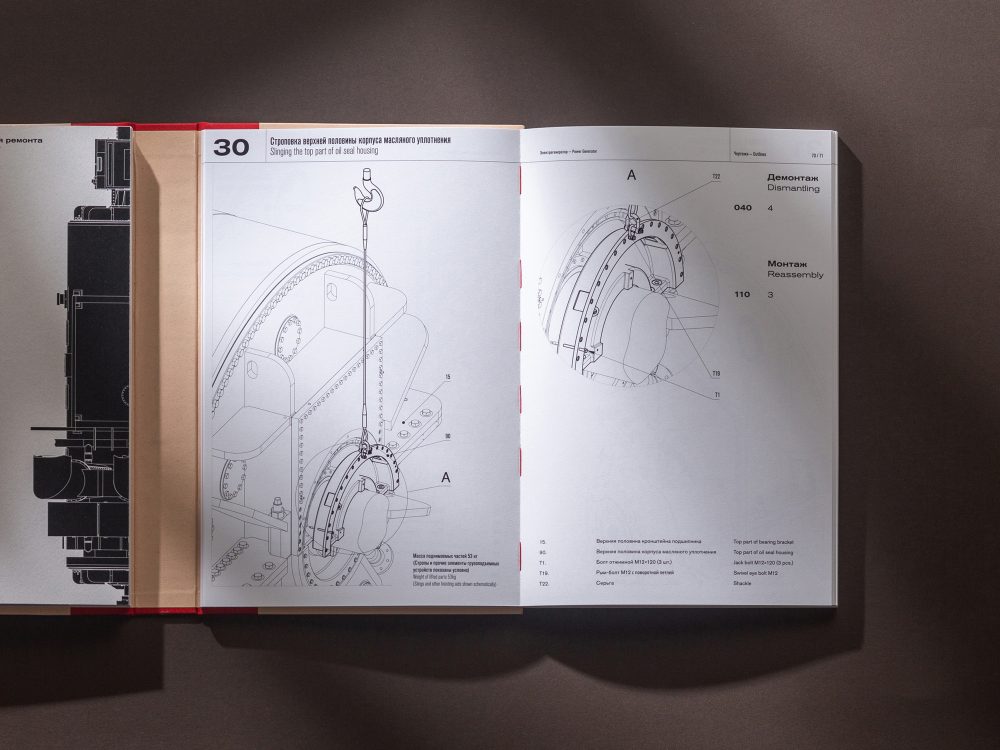
Making the most mundane technical information into something beautiful and treasured
Aspect entrusted designer Yan Zaretsky to work out a possible solution for their quest to find the beauty in the details. Initially, the task was more about finding an accurate layout for a plain text format, making the work with contractors more convenient, and show an attentive attitude to details even in the company’s internal processes, but it turned out to something more special and unique.
The difficulty was that the material consisted of more than 300 technical drawings and 250 pages of unsightly engineering tables and formulas, including some of the documents partly duplicated each other. In addition to the layout creation, the client decided to publish a limited edition.
The book focuses on the beauty of the engineering processes through their function. The open binding of the edition reveals the structure of the processes and emphasizes their value and aesthetics.
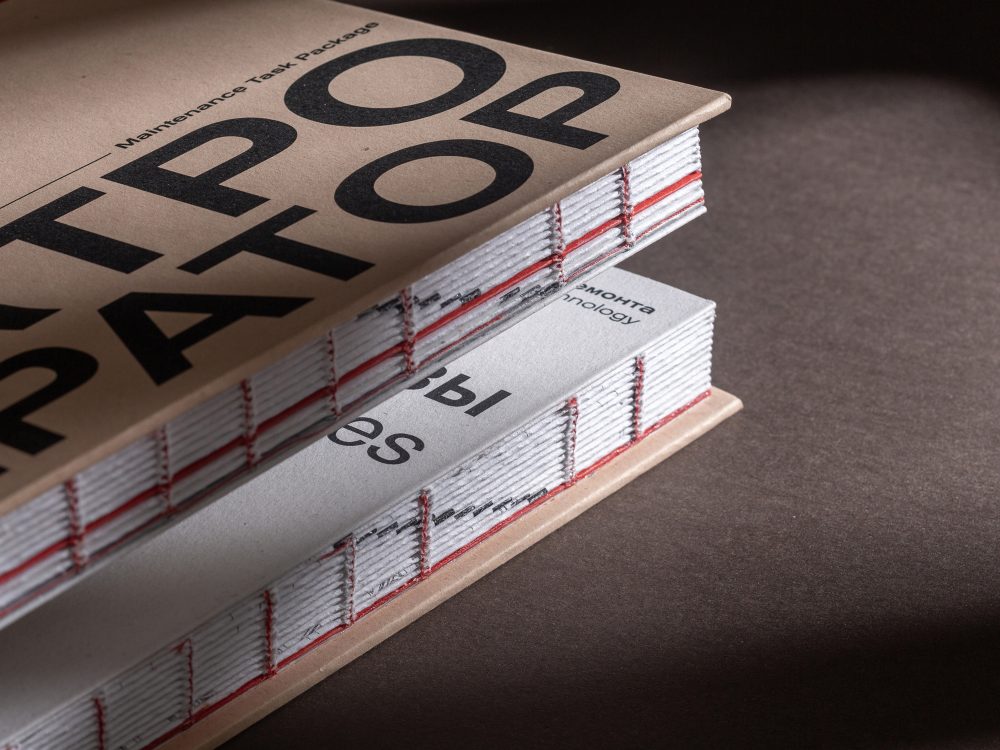
Finding the concept for the design at the junction of function and form
Zaretsky began by performing a structured research and material decomposition, and in this process, finding a solution at the junction of function and form for the design concept. At the very heart of Aspect’s business operation is a generator revision process that traditionally consists of two sequential steps. This process and structure are reflected in the design of the book.
The edition is divided into two volumes under one cover and an additional book with engineering inspection schemes. The first volume describes the technical processes, while the second volume illustrates them. When unfolding the book, the engineer is able to conduct an audit without additional flipping and searching for material. While the manager at the workplace makes the appropriate notes in the schemes. Both volumes and schemes are linked through navigation.
Printed on uncoated Munken Print White with a natural texture and bound with a striking open spine by IPK NP-Print
The chosen materials for the editions serve the same purpose as the concept. Munken Print White paper has a natural texture without being too bright in whiteness, which makes it an ideal choice for a publication with no extensive fills, mostly text, and linear graphics. The paper is uncoated with matt surface, making it an honest material for the consumer, further emphasizing the company’s values and attention to detail in the work.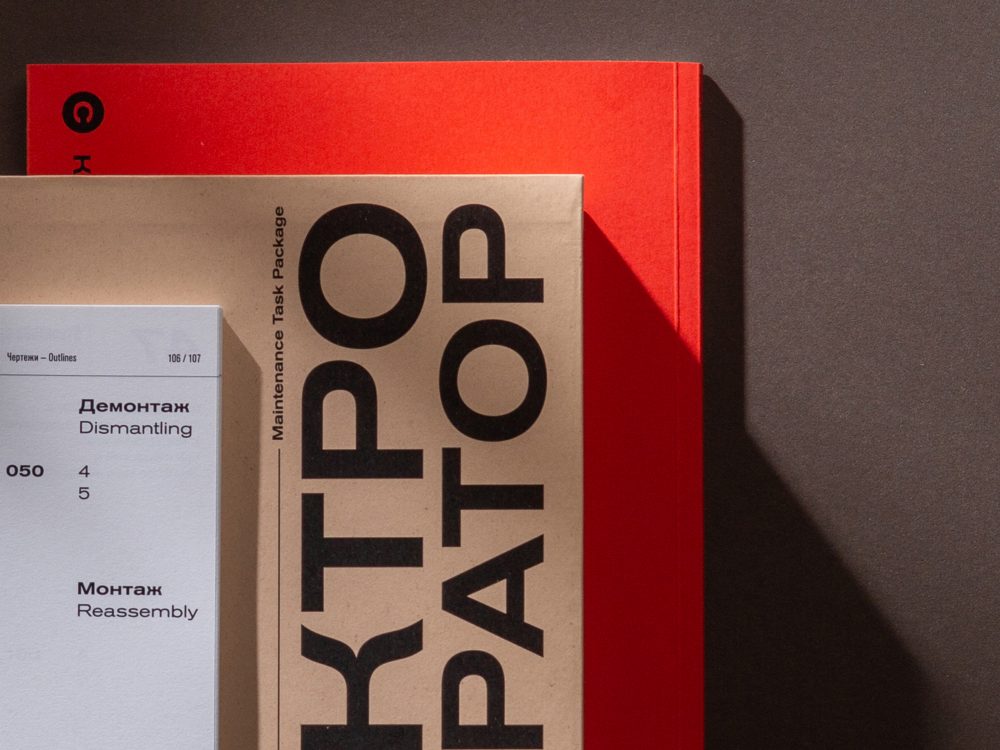
Printing was entrusted to the printing house IPK NP-Print, which has established itself with a thoughtful approach to each project they work on. In search of the perfect printing solution, the main layout was redesigned three times, the type of stitching and size of the edition was changed, in order to eventually assemble a solid and original edition with a number of technological features. For example, there is no glue in the stitching, so that even inside the binding, the paper remains clean. The combination of different materials and sheet formats inside the book is dictated by the text structure, emphasizing it. The sewing is done with red binding threads, which goes well with red sections made of paper tinted in the mass. The blind embossing of the book title, produced on the spine of the cover, using increased pressure, looks bold and “brutal”.
Ultimately, the book has become a real art object, as well as a being a functioning tool for Aspect’s technicians and engineers, thanks to the original concept and clear structure laid down by the designer and the experience of IPK «NP-Print» printing house in Saint-Petersburg. A true testament to the endless possibilities of paper, printing, and clever, thoughtful design can master.
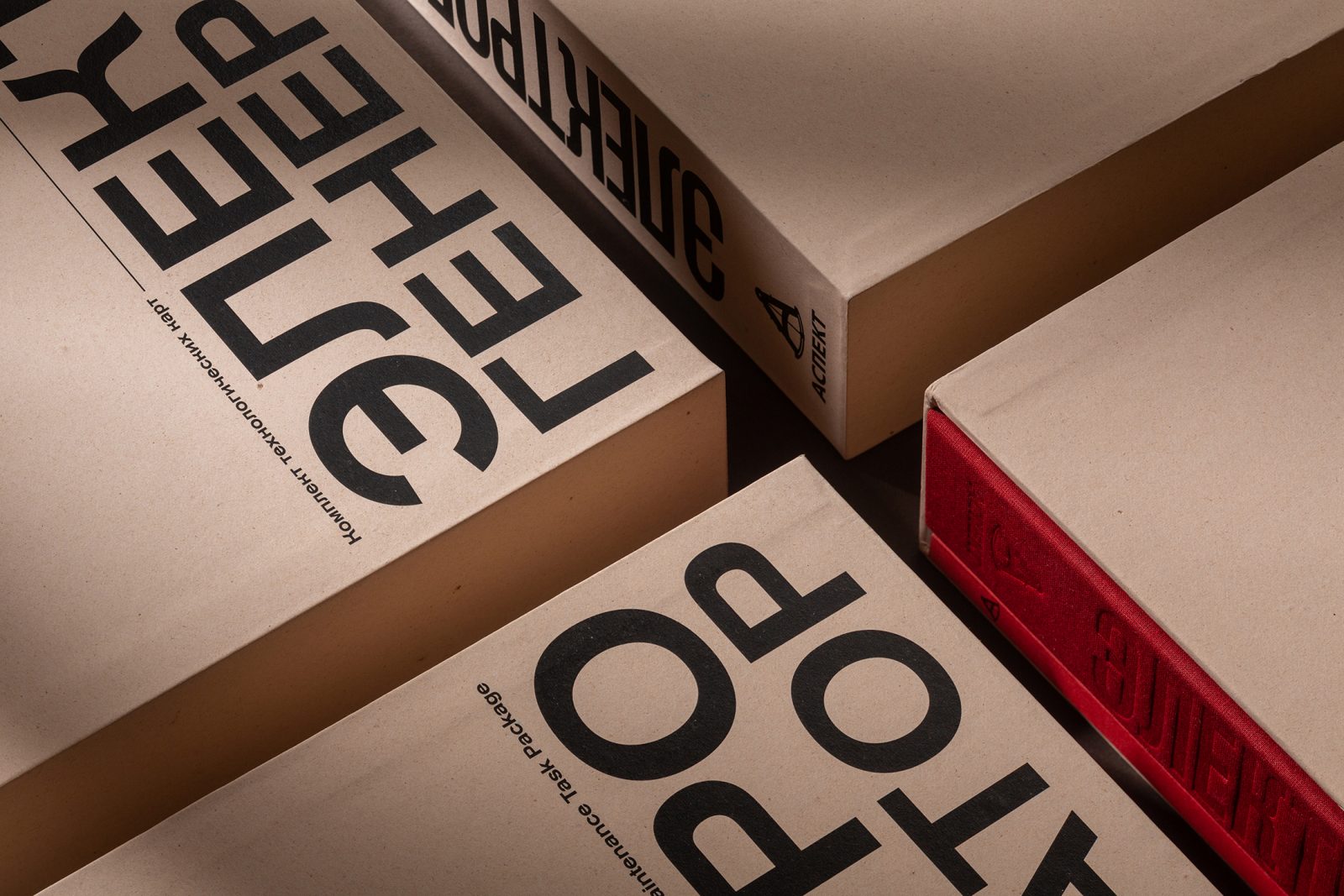


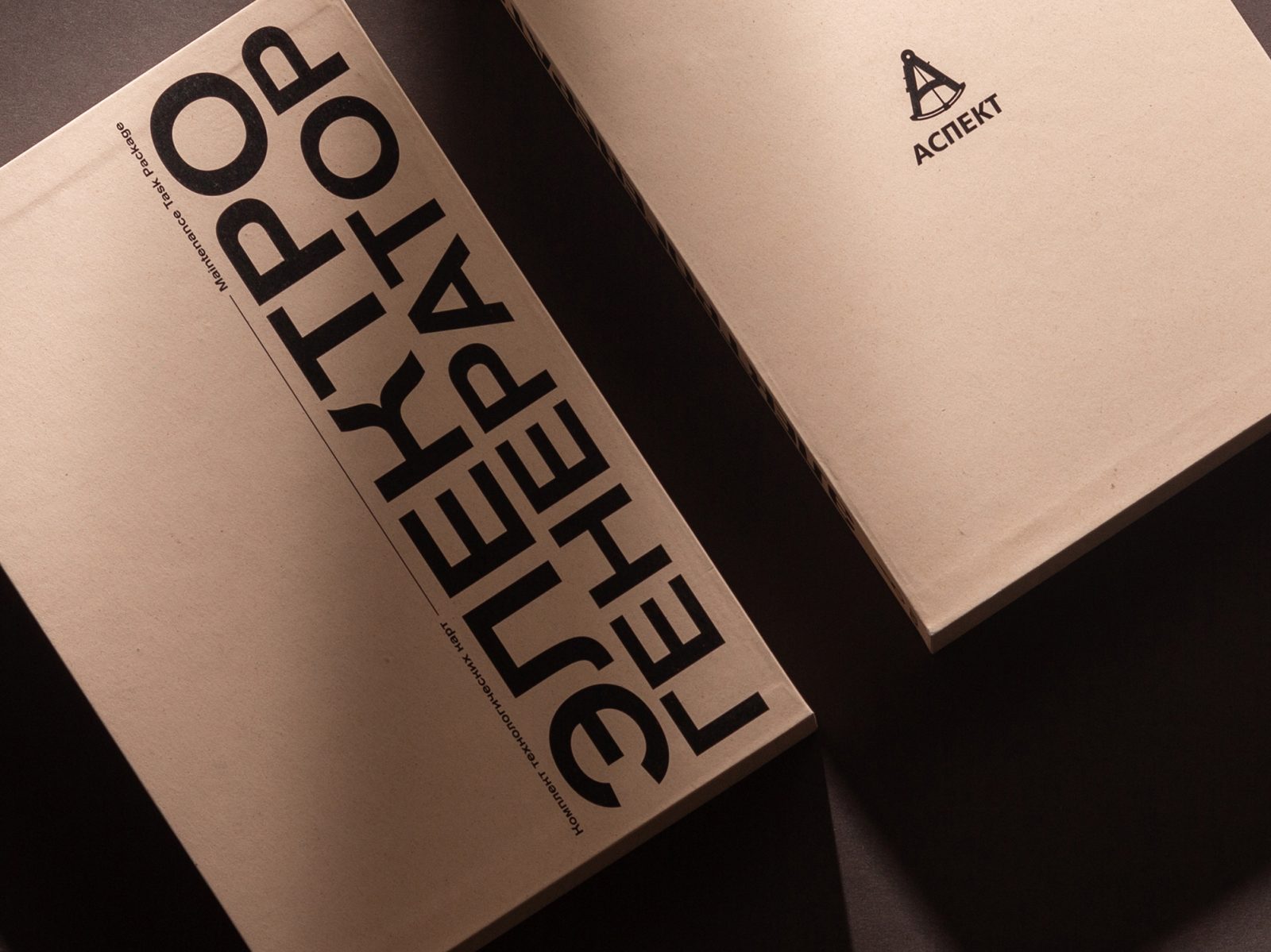
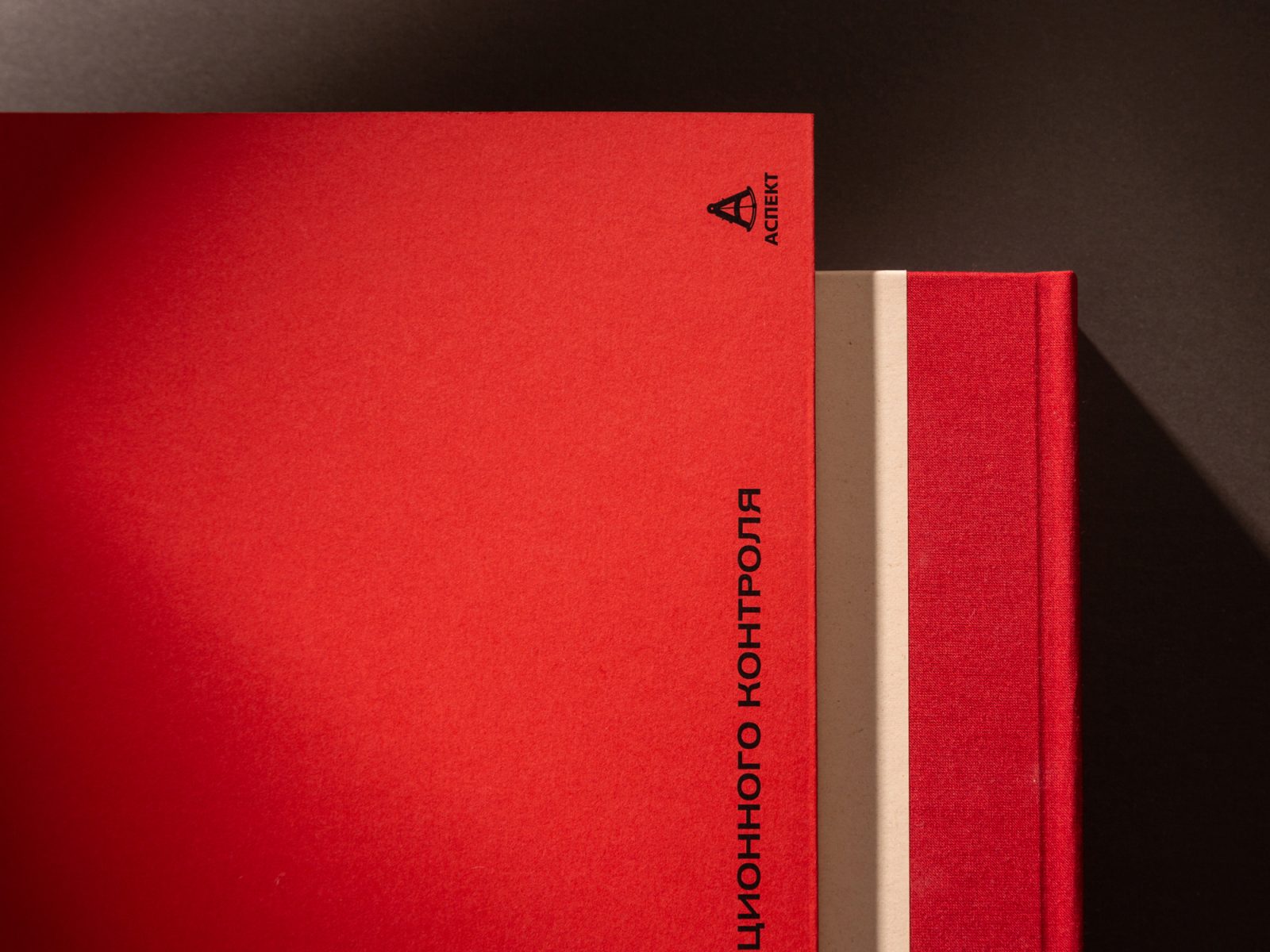
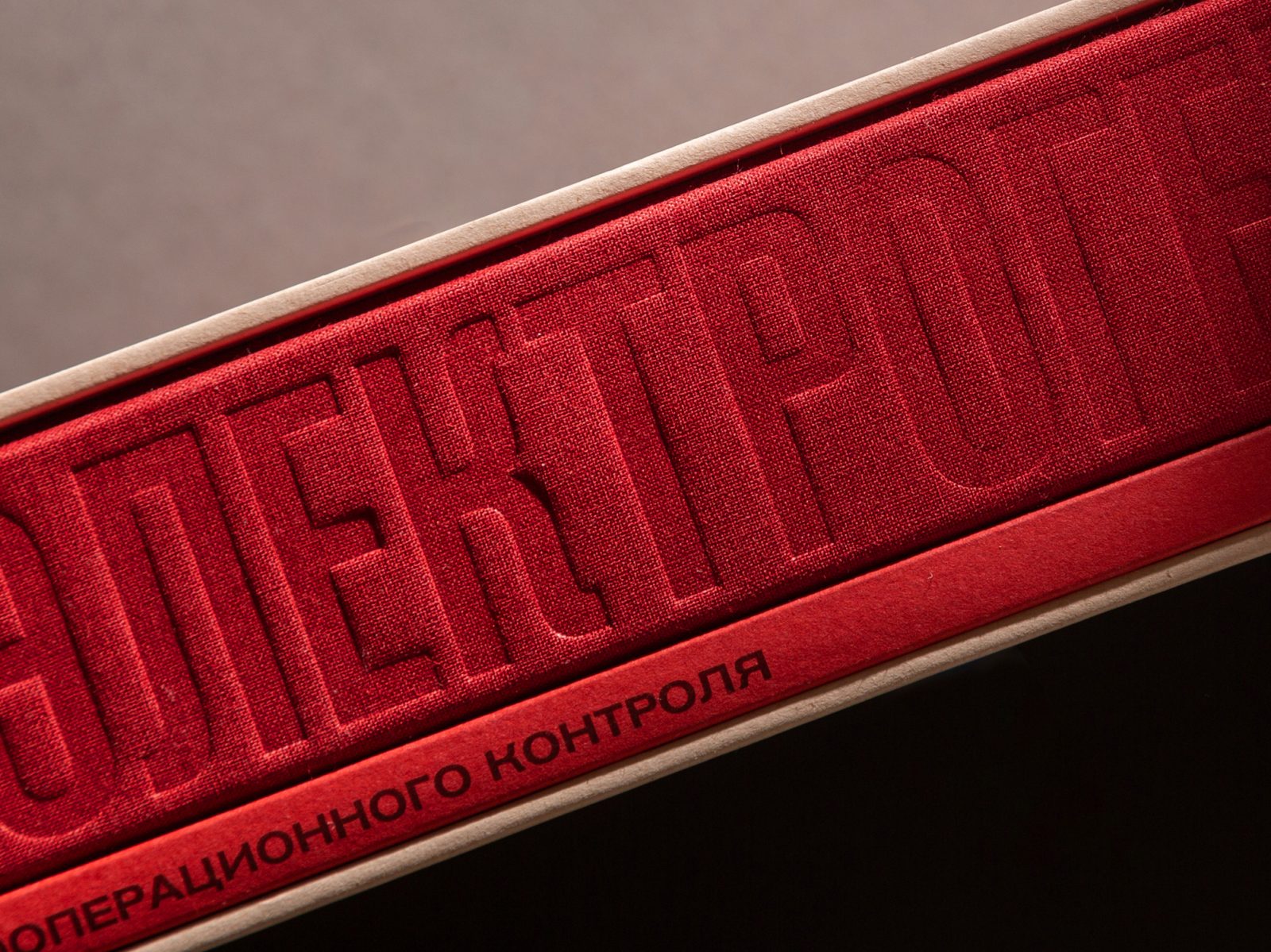
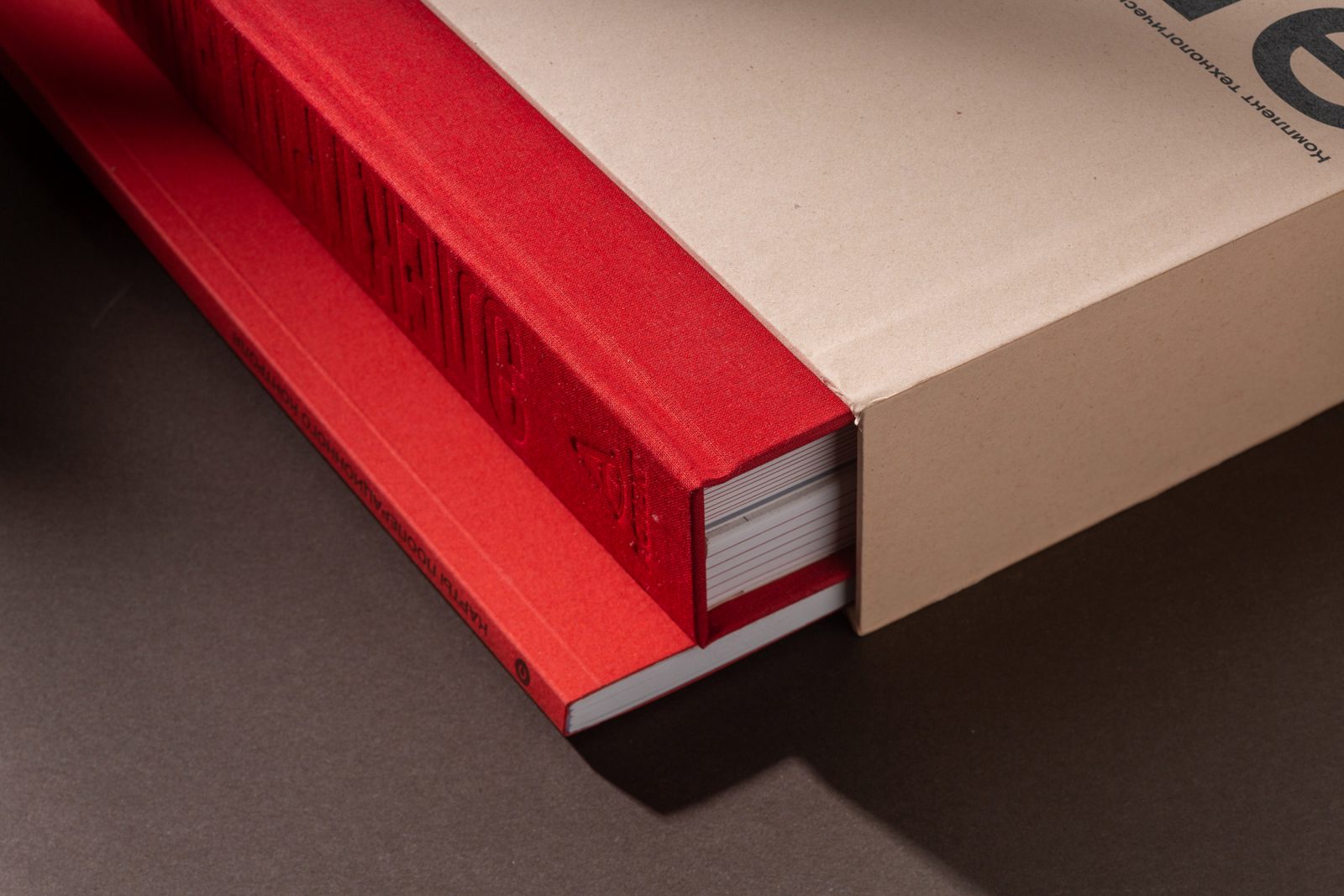
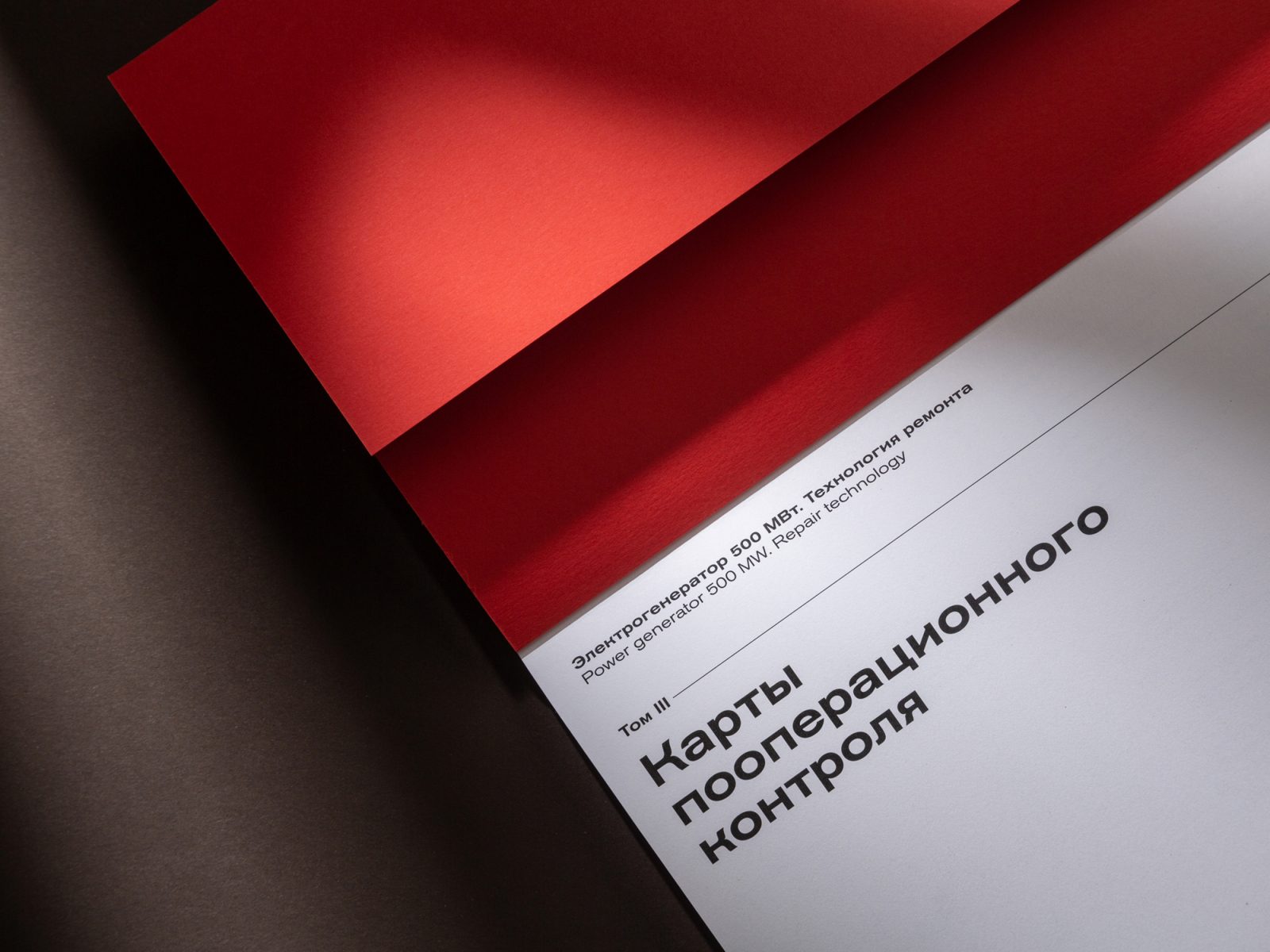
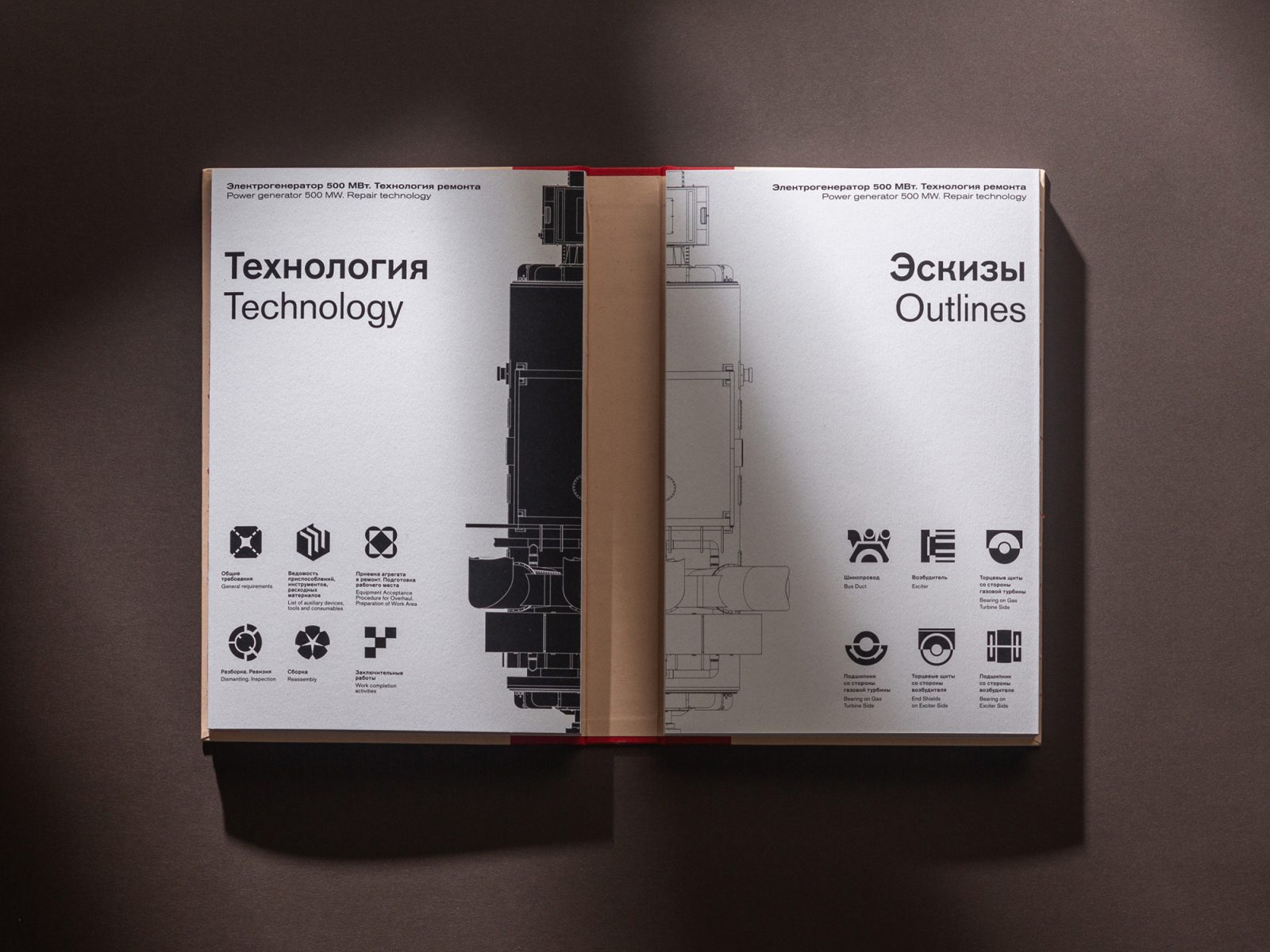
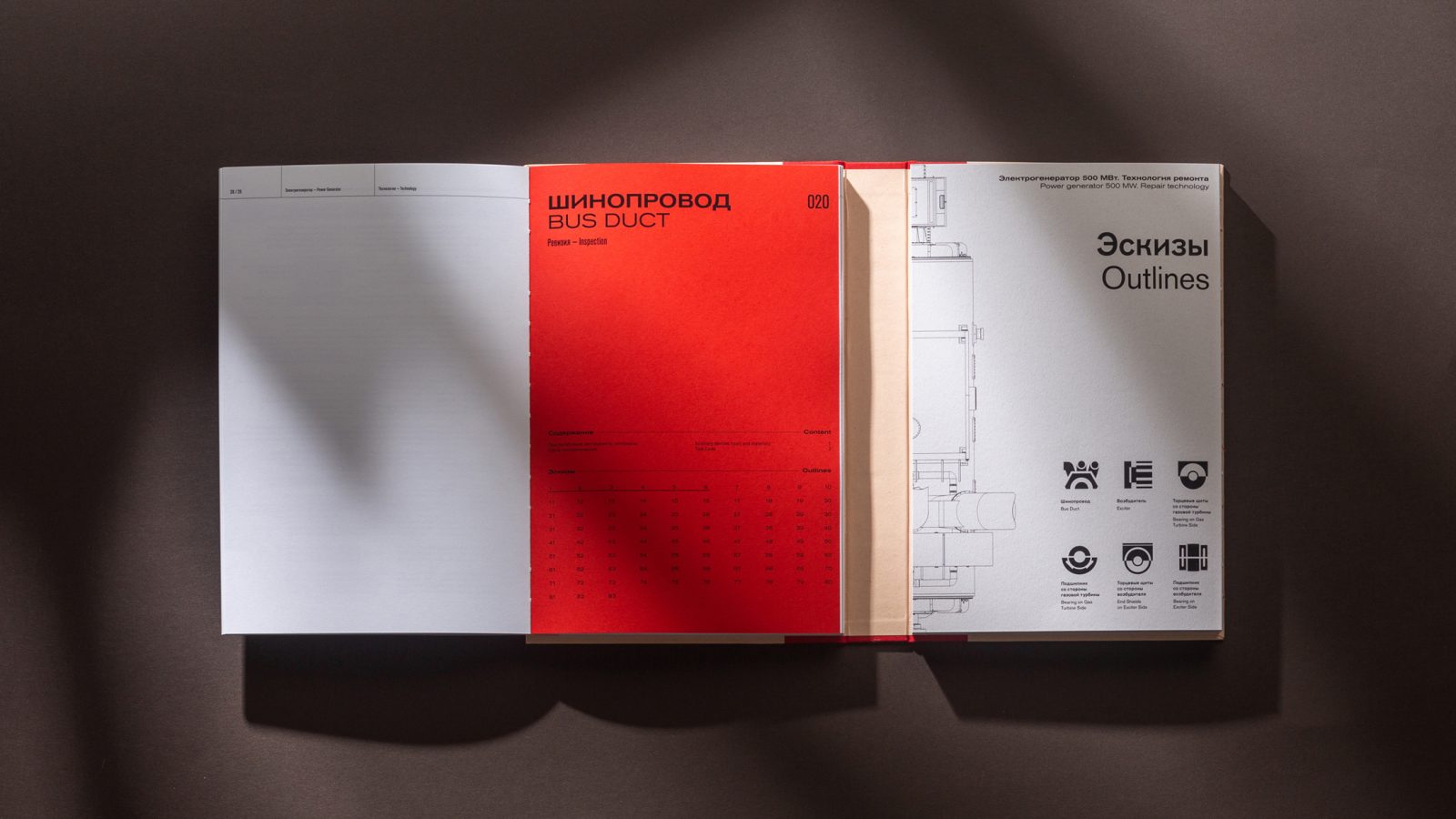
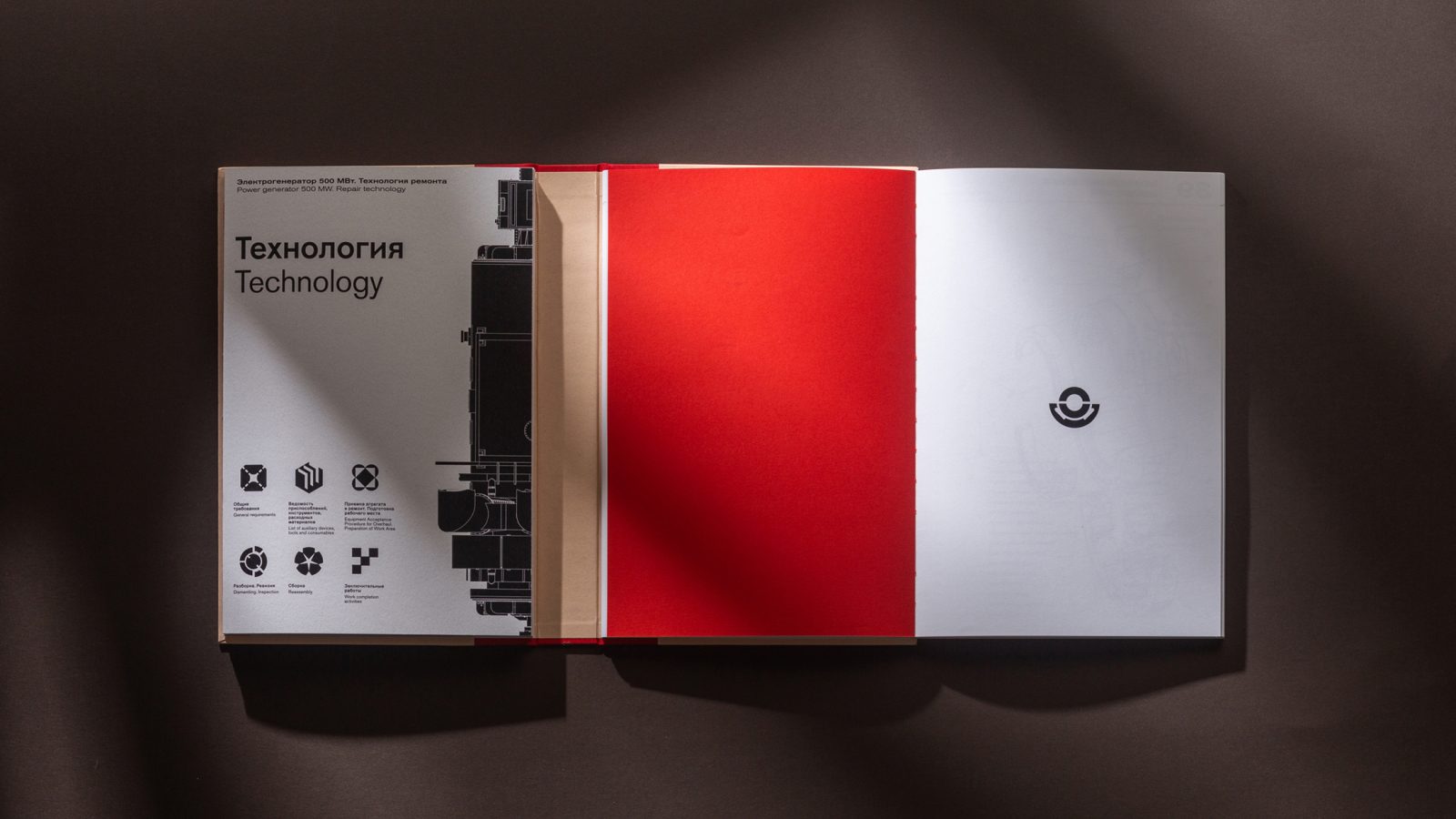
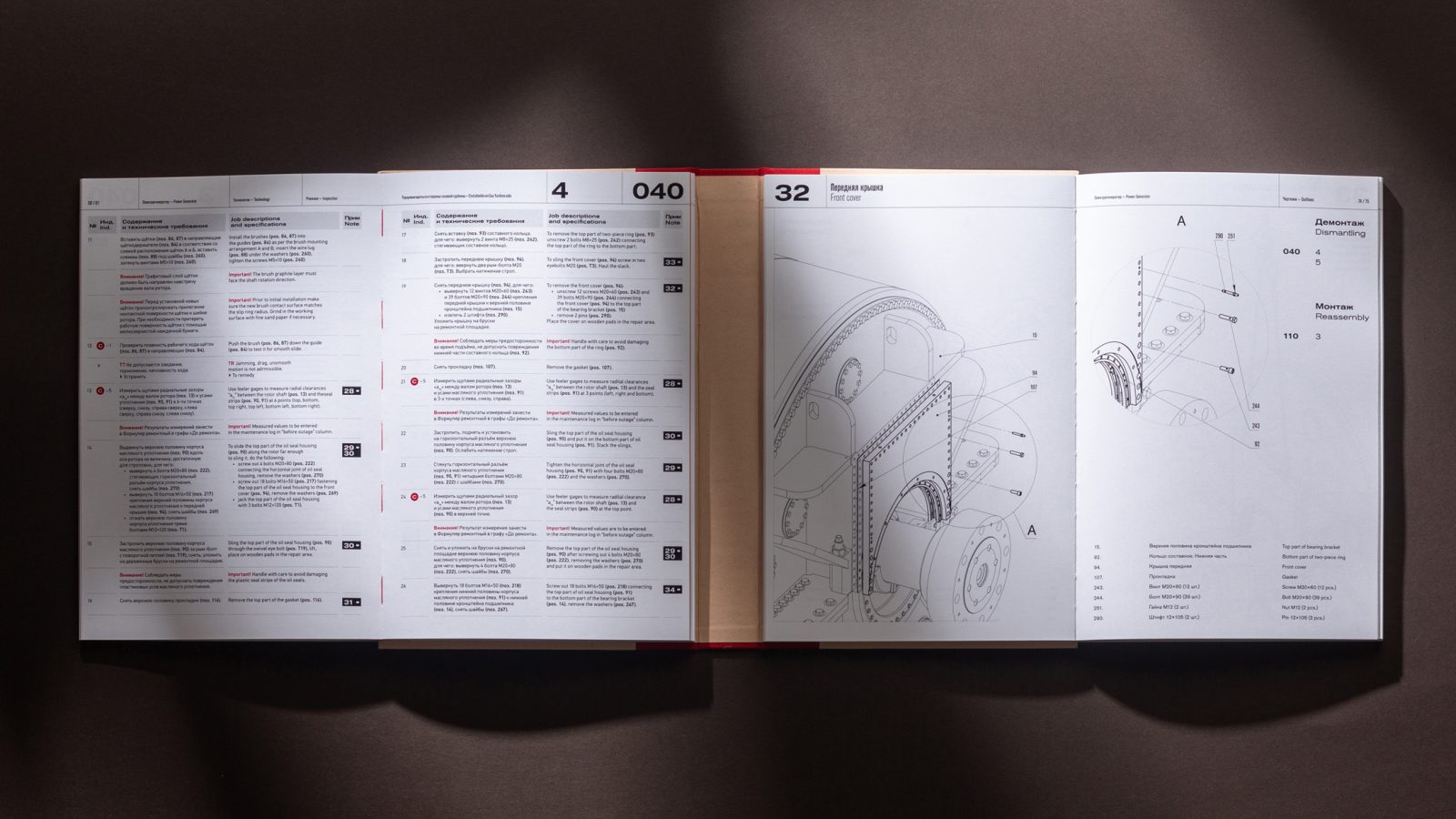
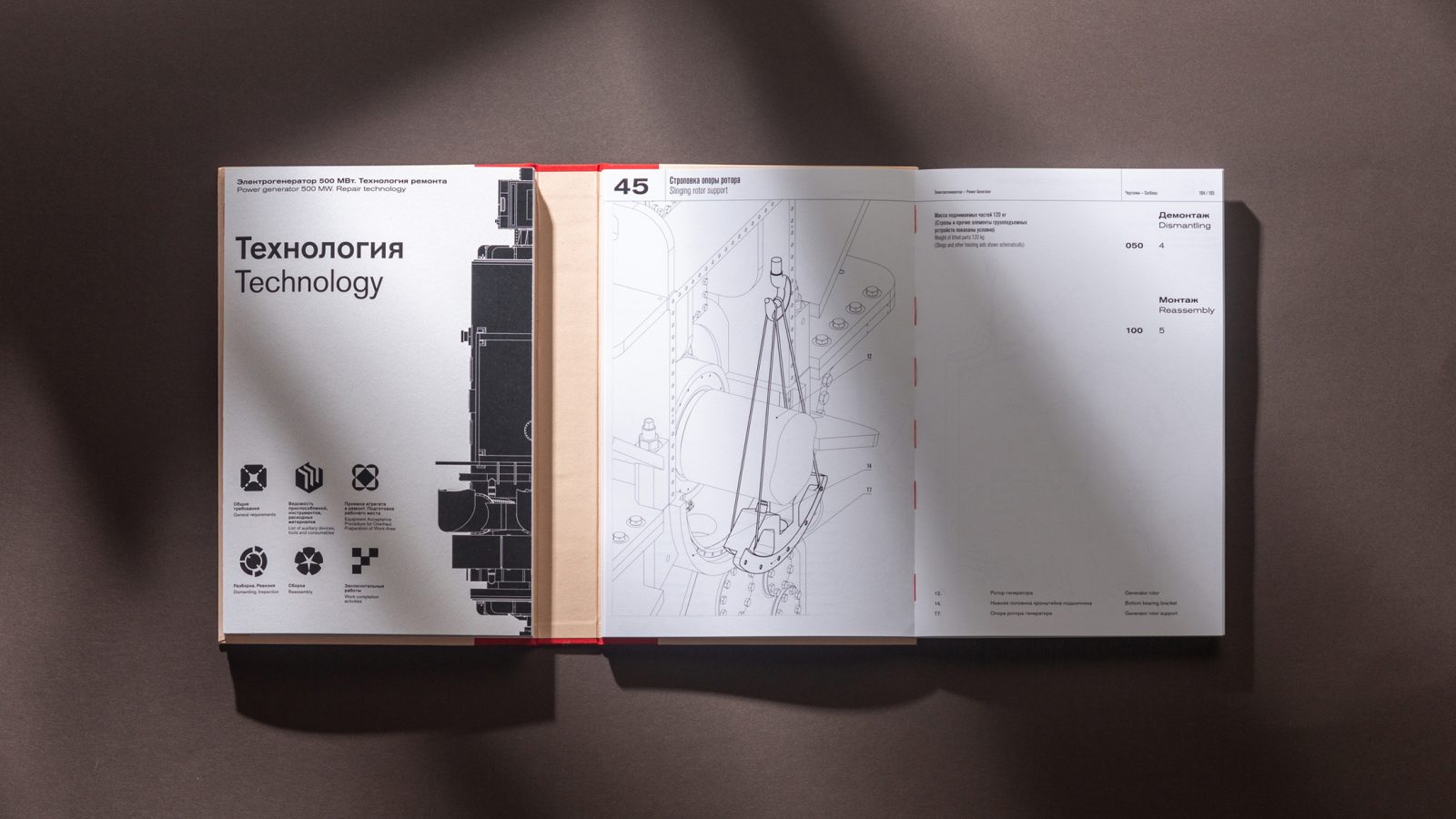
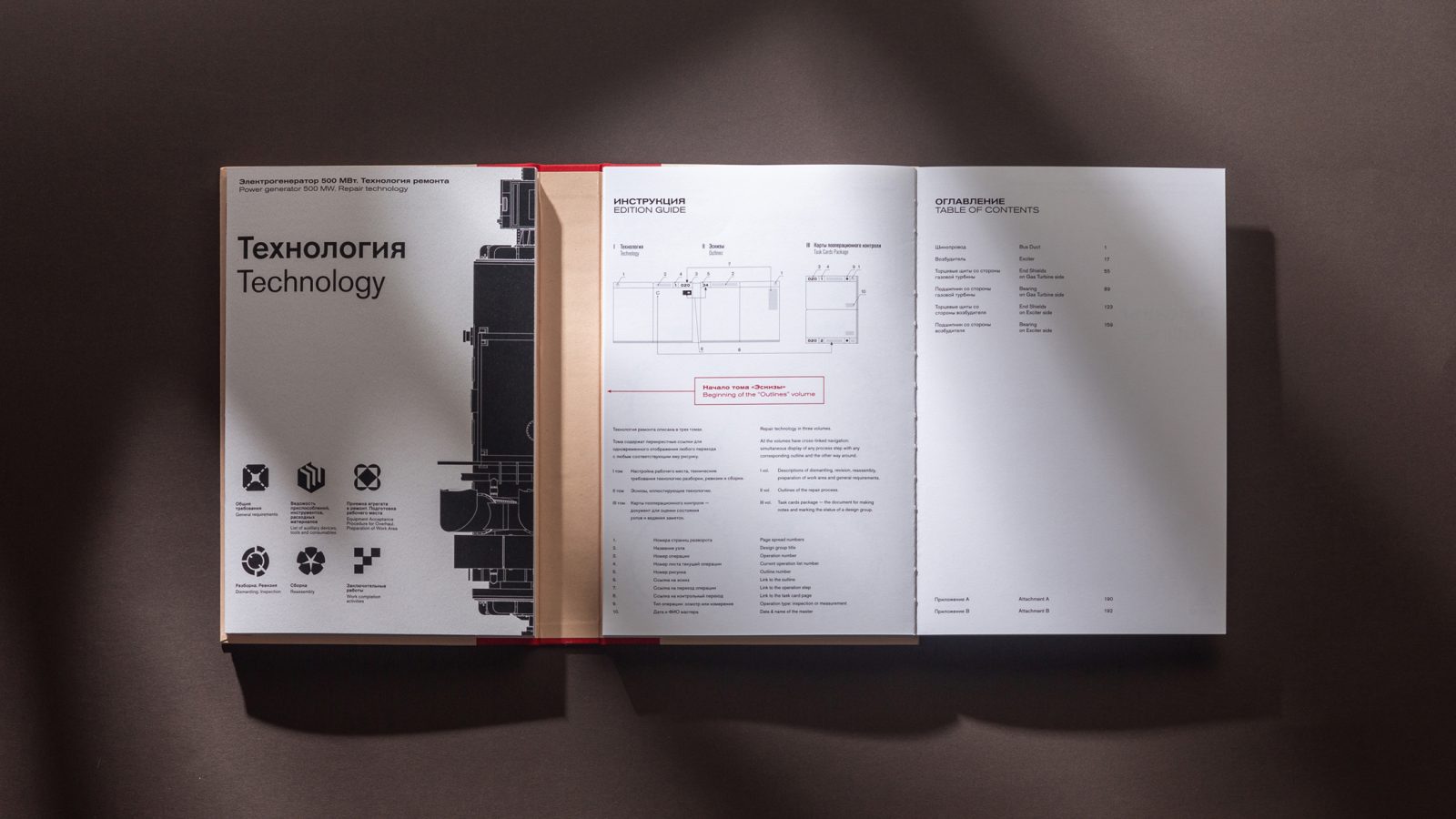
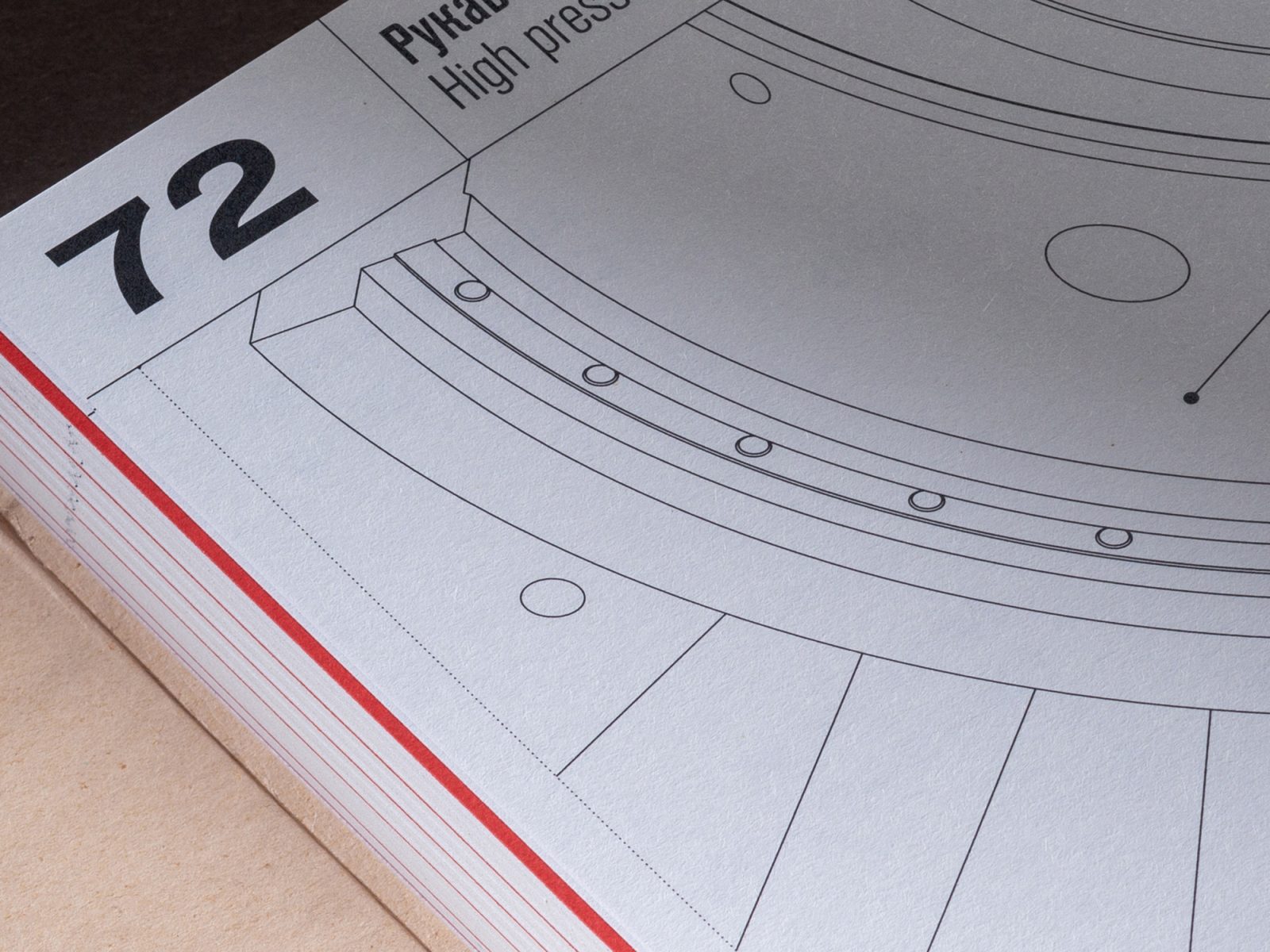
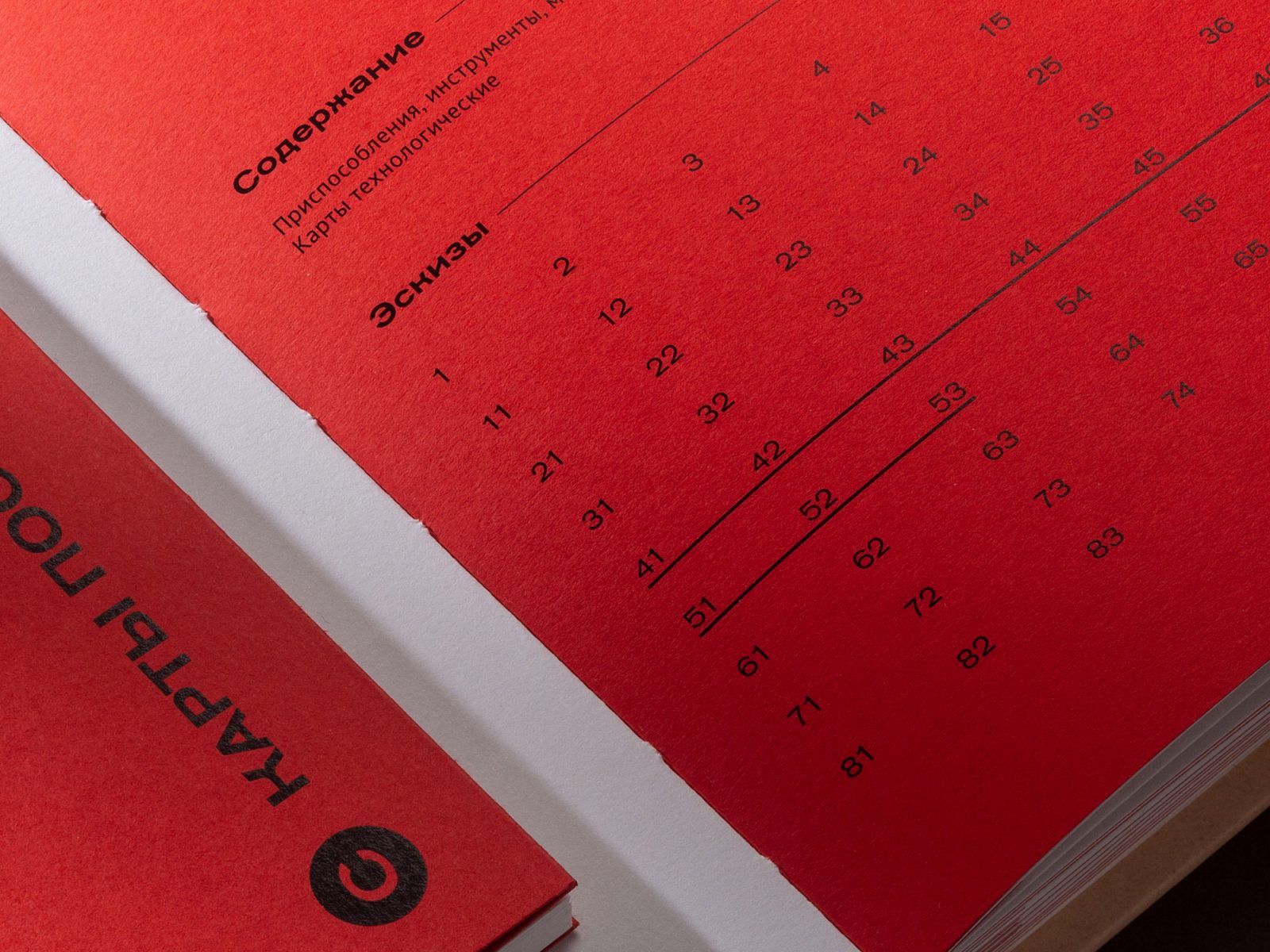
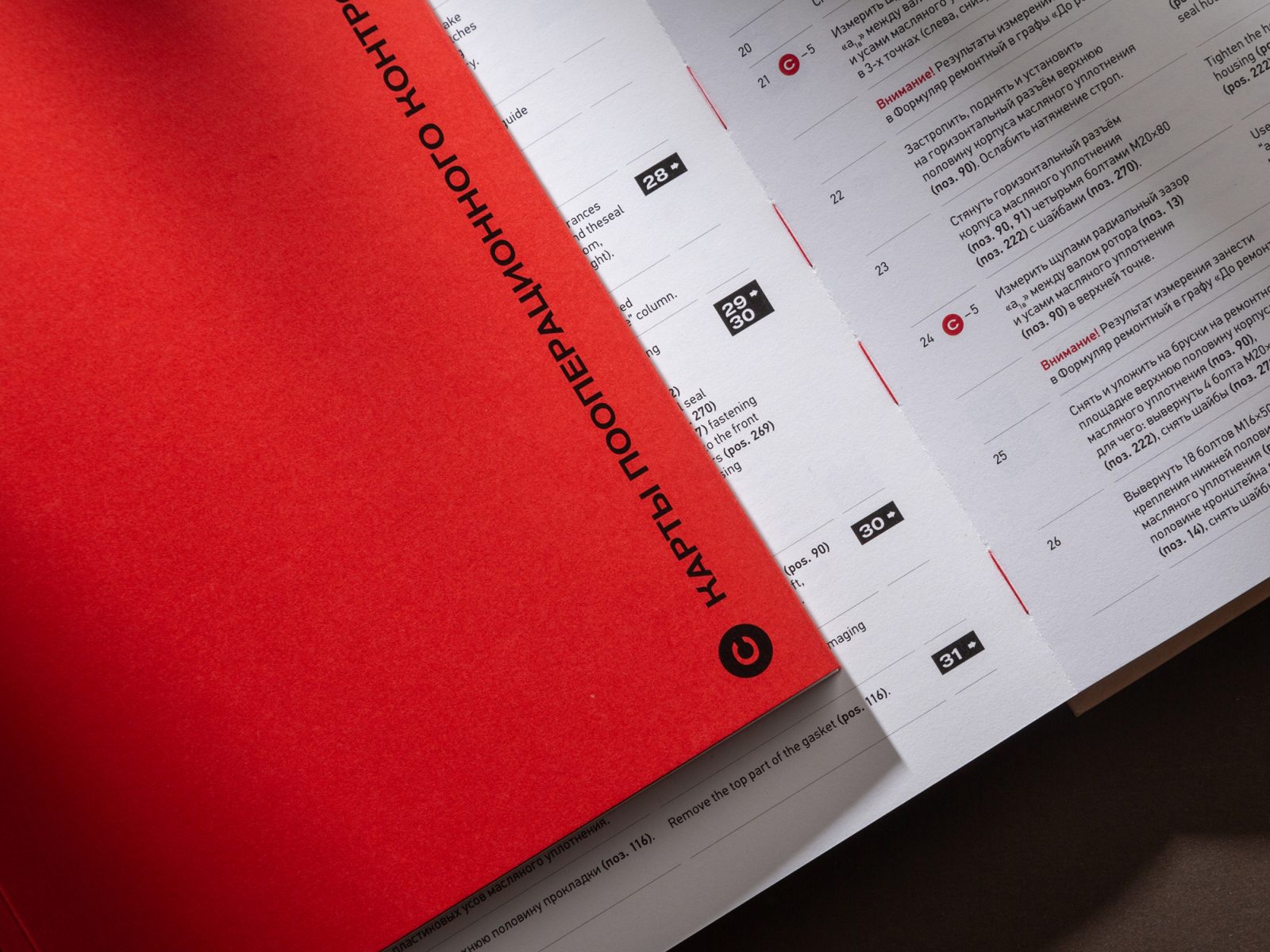

Photos © Yan Zaretsky

